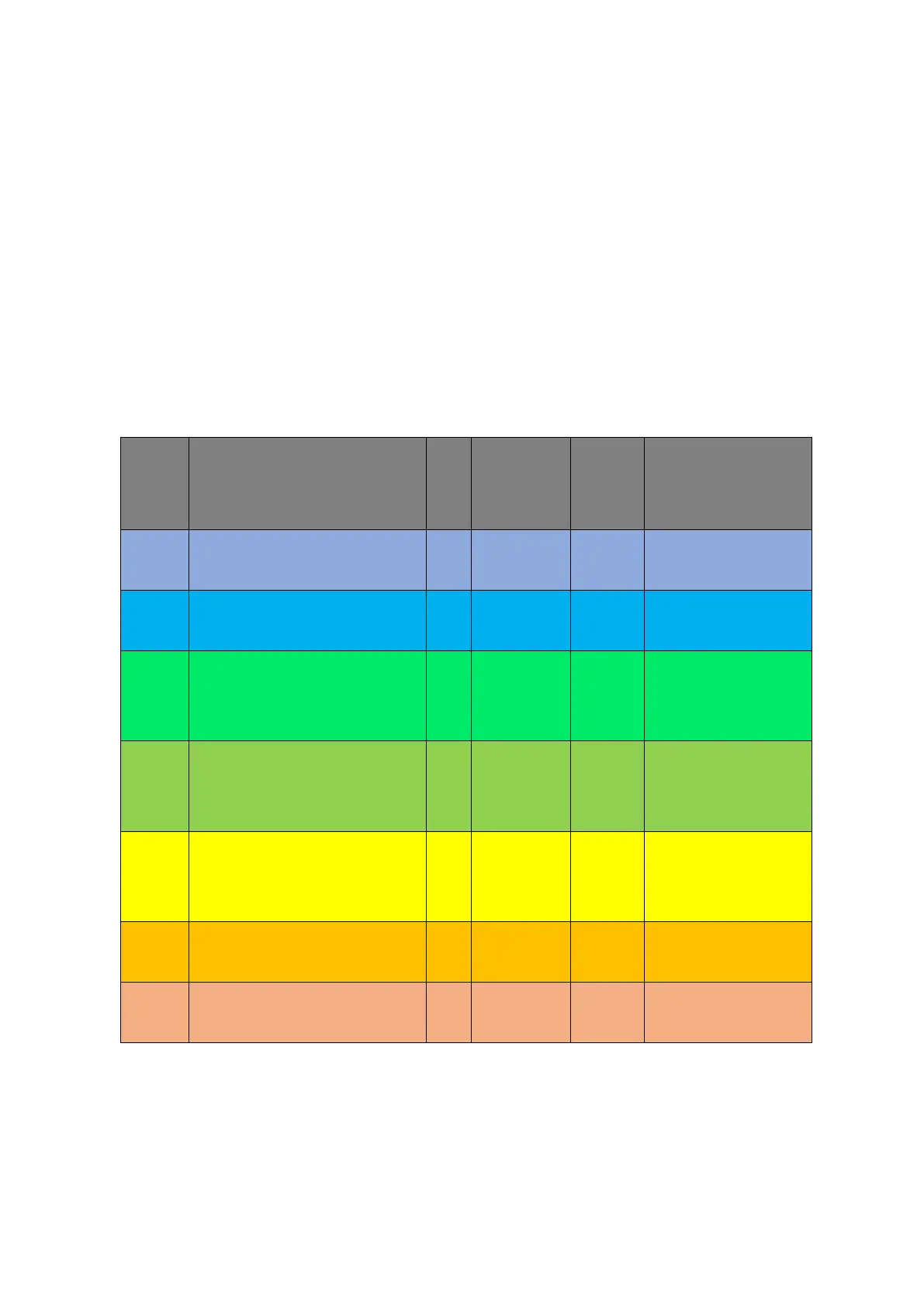213
Communication Overview
Most MSP430 micros are equipped with Universal Serial Interface (USI) and Universal Serial
Communication Interface (USCI) modules. Some devices have Universal Asynchronous Receiver-
Transmitter (UART) modules. These interfaces are needed to communicate with external devices like
sensors, actuators, drives, other microcontrollers or onboard devices, etc and are responsible for
handling the most commonly used serial communications like Universal Asynchronous Receiver-
Transmitter (UART), Serial Peripheral Interface (SPI) and Inter-Integrated Circuit (I2C). Also, there are
other additional more robust communication interfaces like Controller Area Network (CAN), Local
Interconnect Network (LIN), Infrared Data Association (IrDA) and RS-485. The latter communications
will not be discussed here as they are advanced and are basically extension of the aforementioned
serial communications. Each method communication has its own advantages and disadvantages. In
the table below, some individual basics of various methods of communications are shown:
Max. Possible Number
of Devices in a Bus
Asynchronous serial point-to-
point communication
Short-range synchronous master-
slave serial communication
Short-range synchronous master-
slave serial communication using
one data and one clock line
Asynchronous differential two
wire serial communication with
one master
Industrial differential two wire
communication with more than
one master support
Asynchronous two wire serial
communication similar to UART
Wireless serial communication
using infrared medium
We can also use software-based methods instead of using dedicated hardware to replicate some of
these communications but these methods are not efficient as they consume resources like clock
cycles, memories and often employ polling strategies. However, in the absence of dedicated
hardware, software methods are the last resorts.
